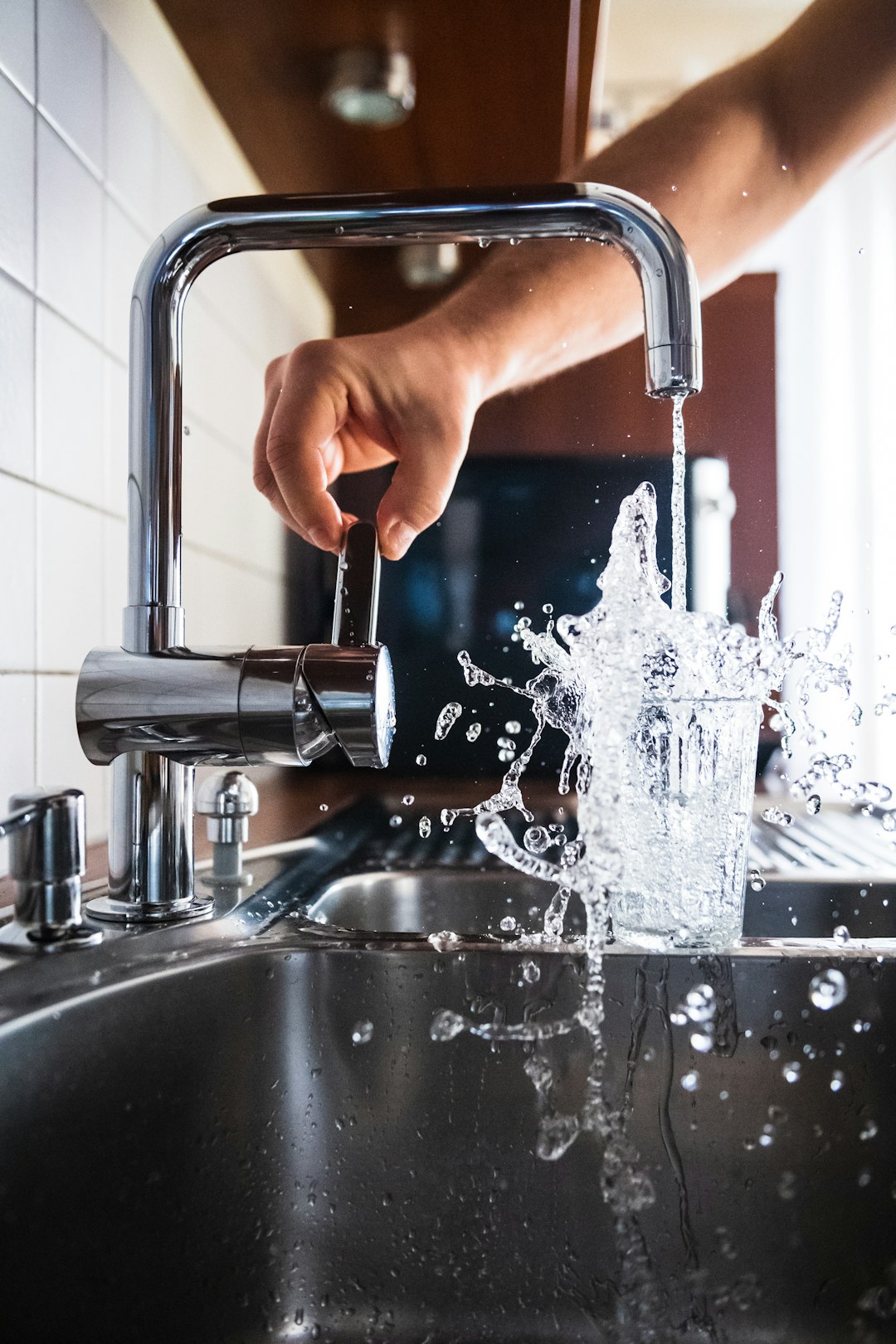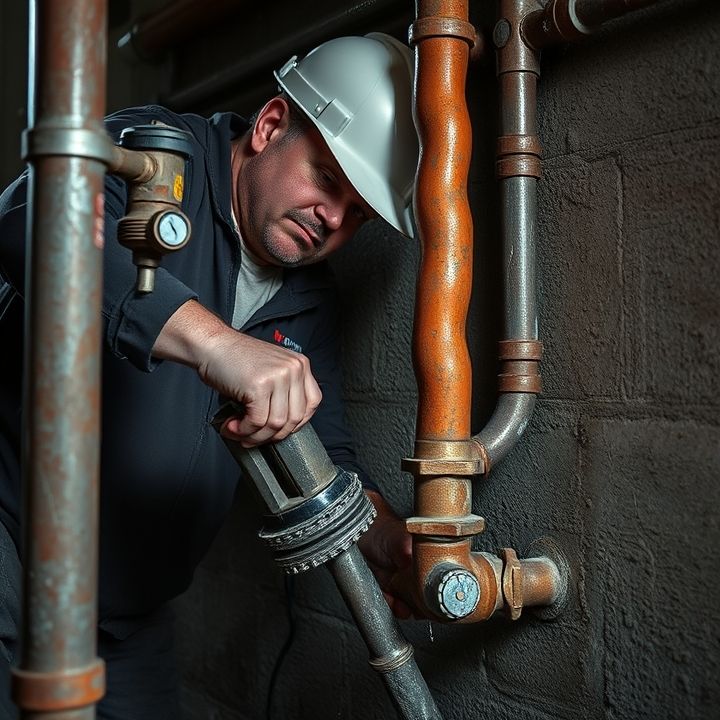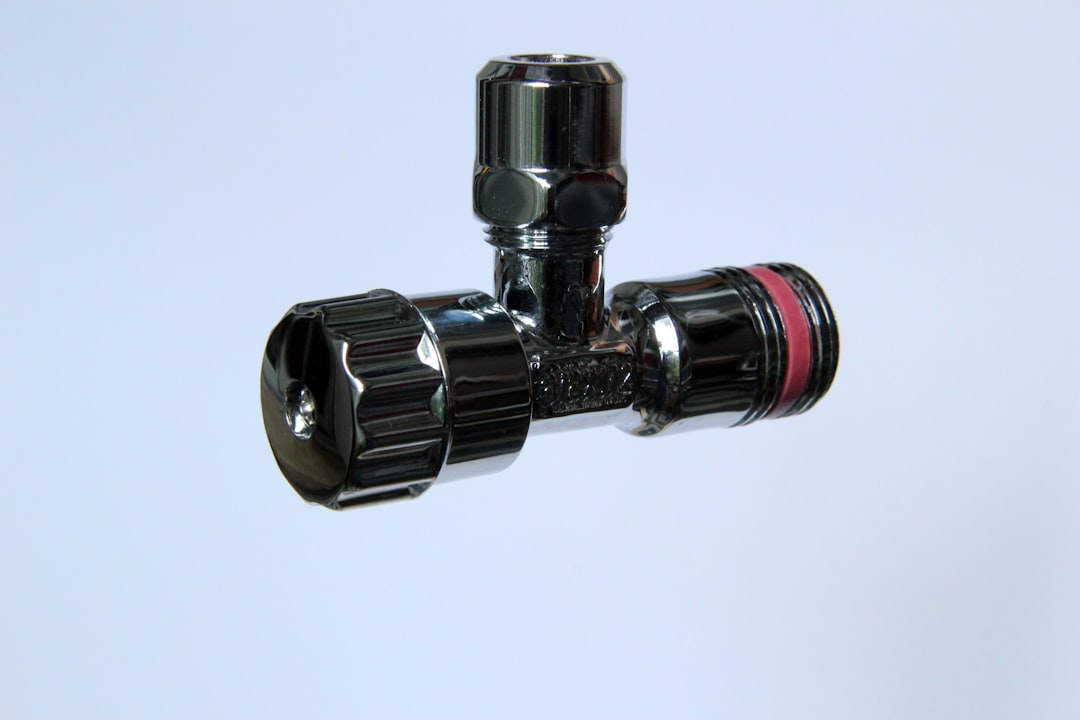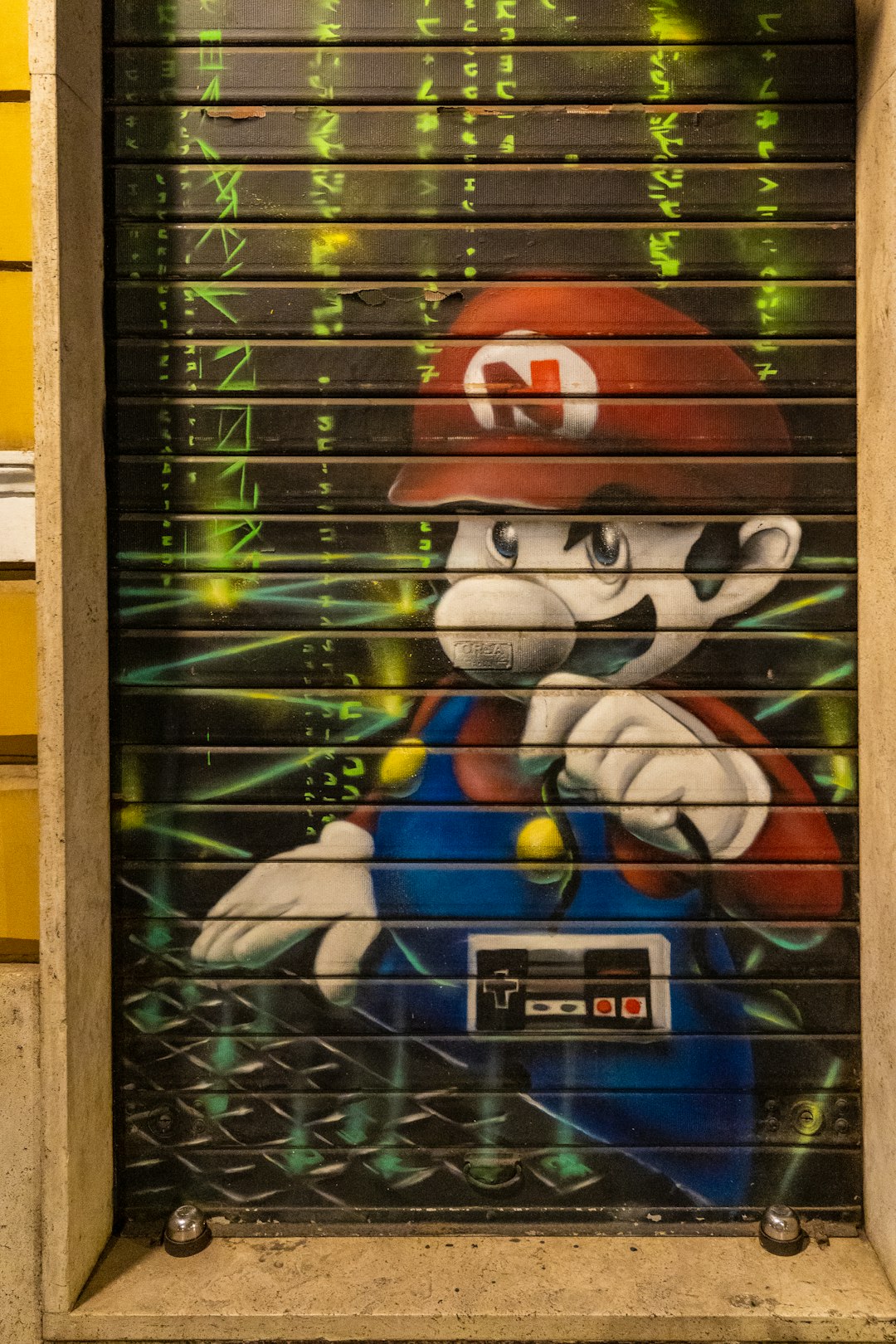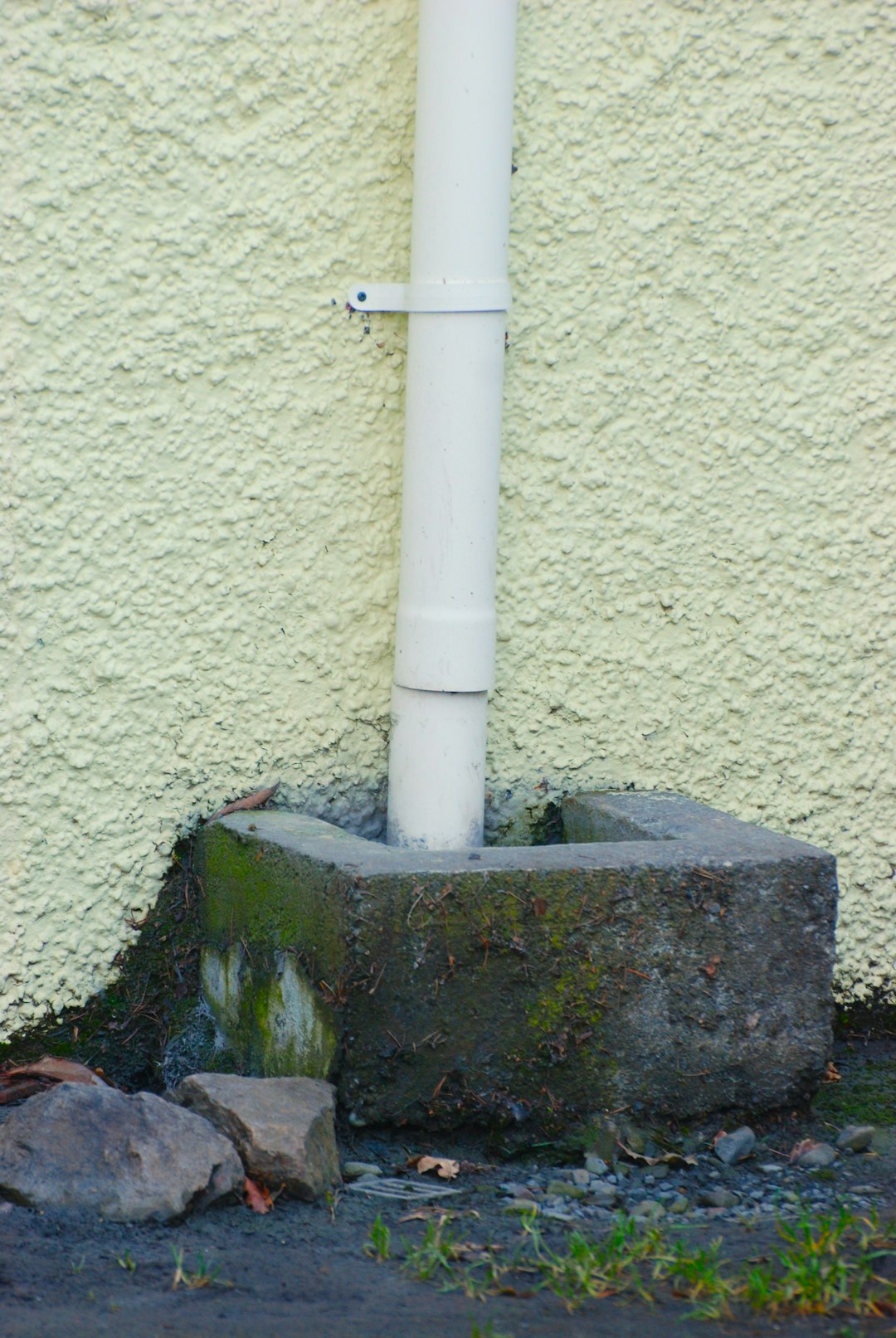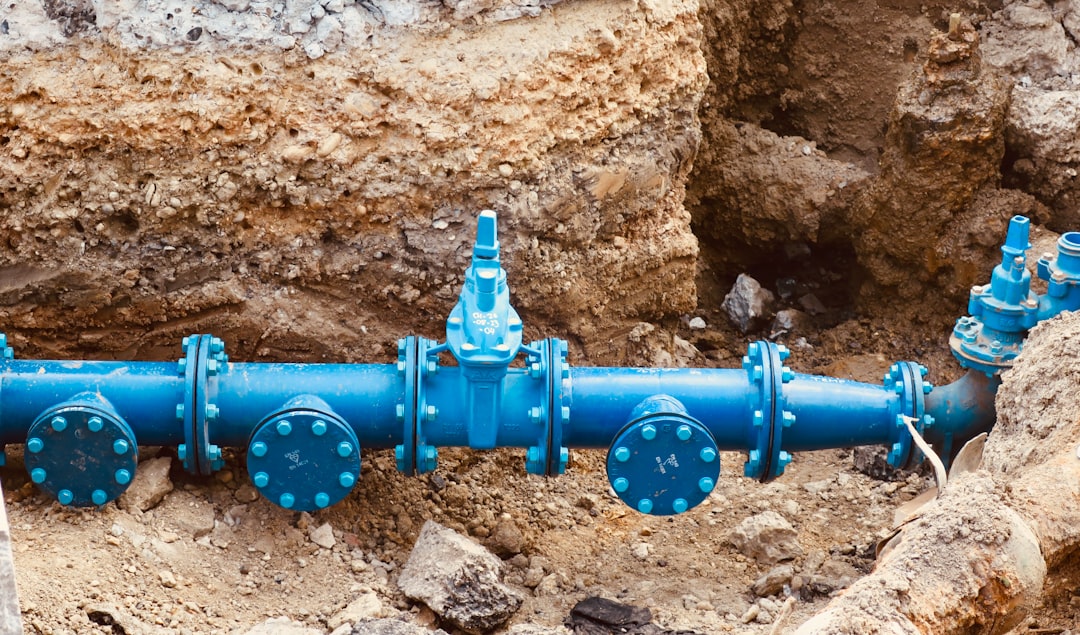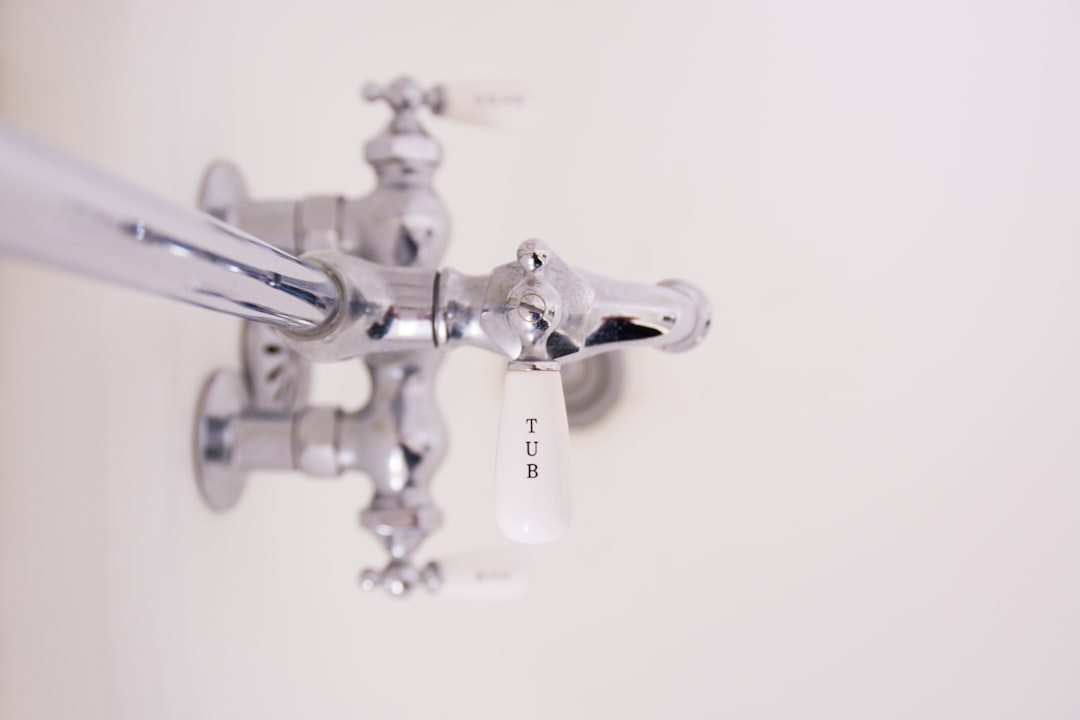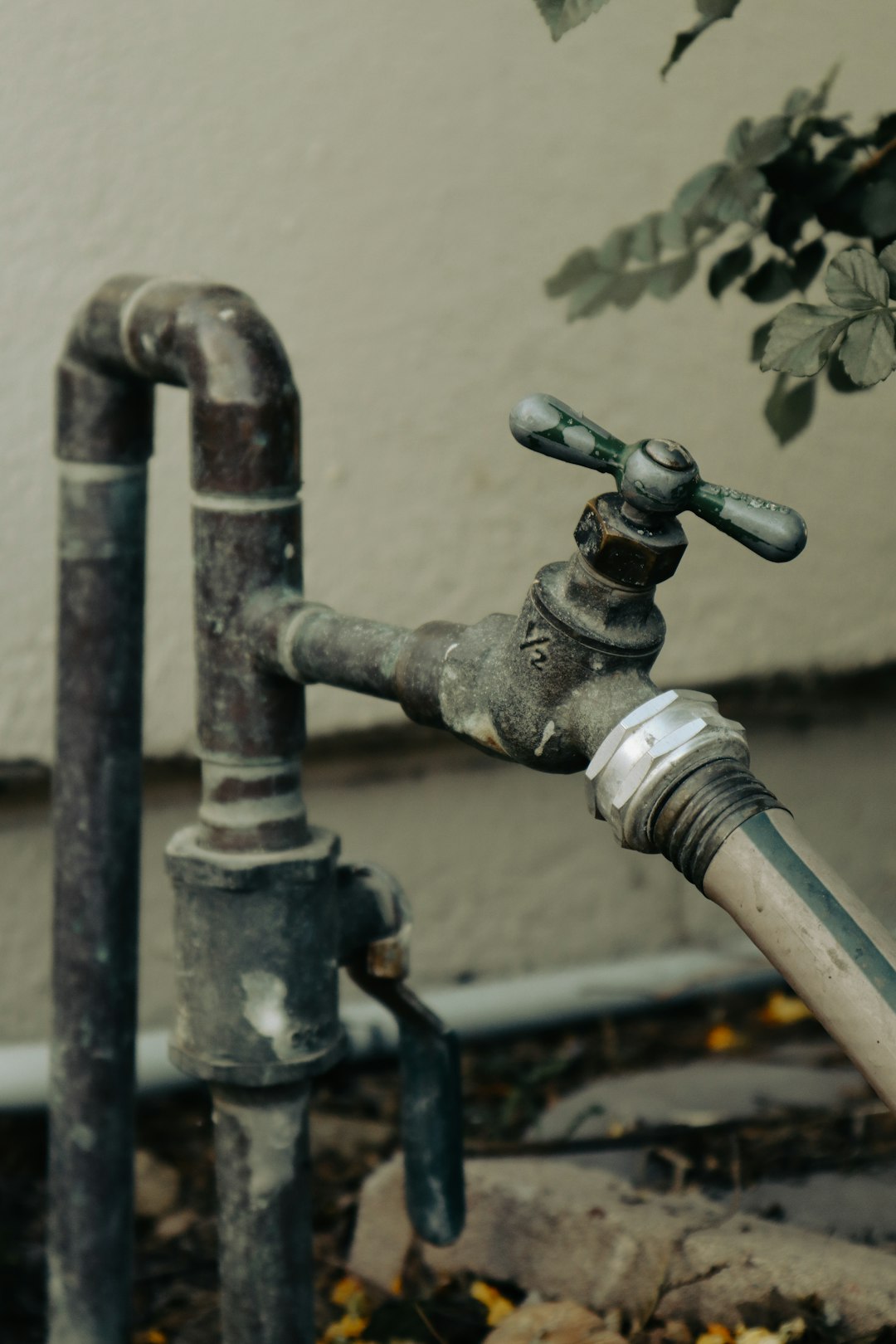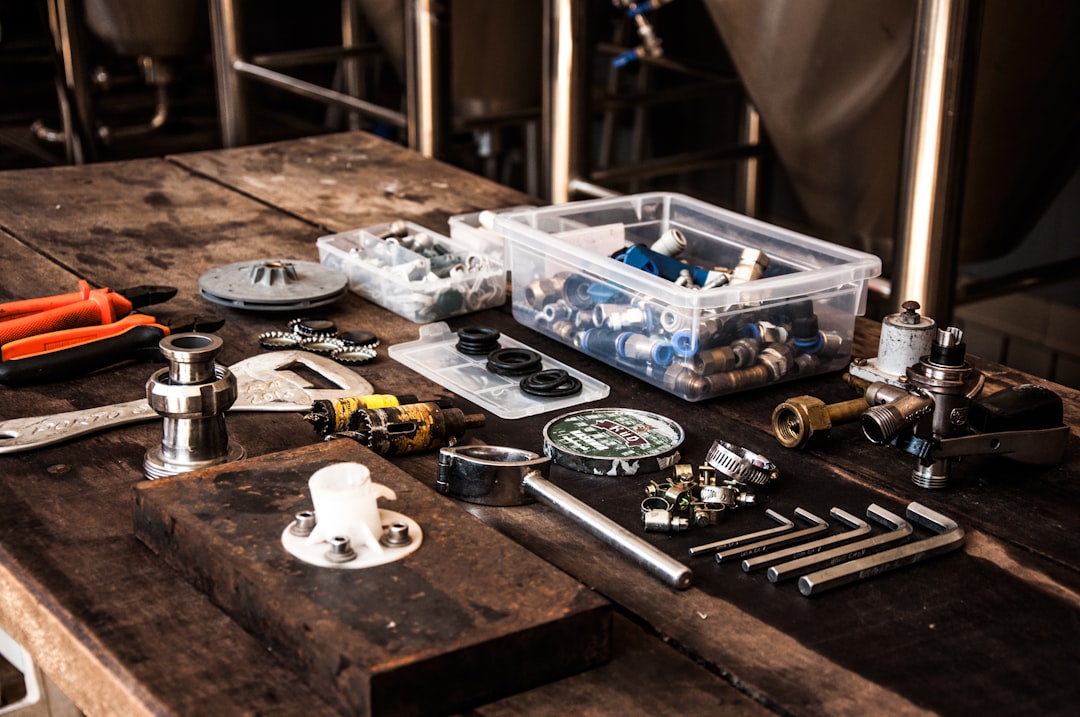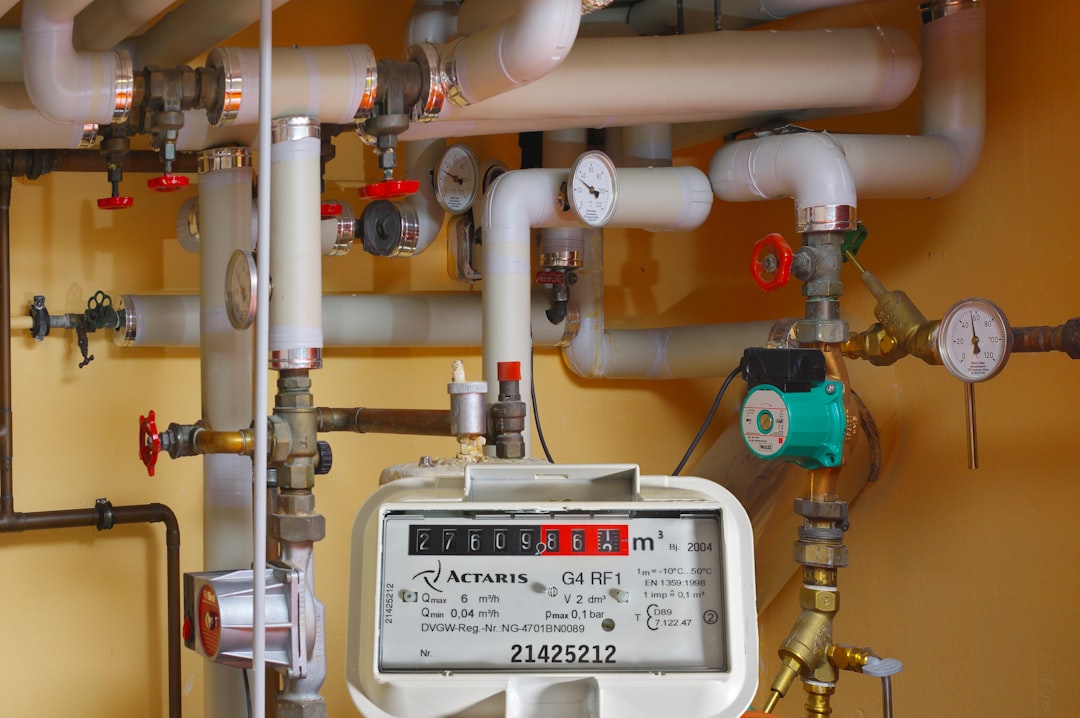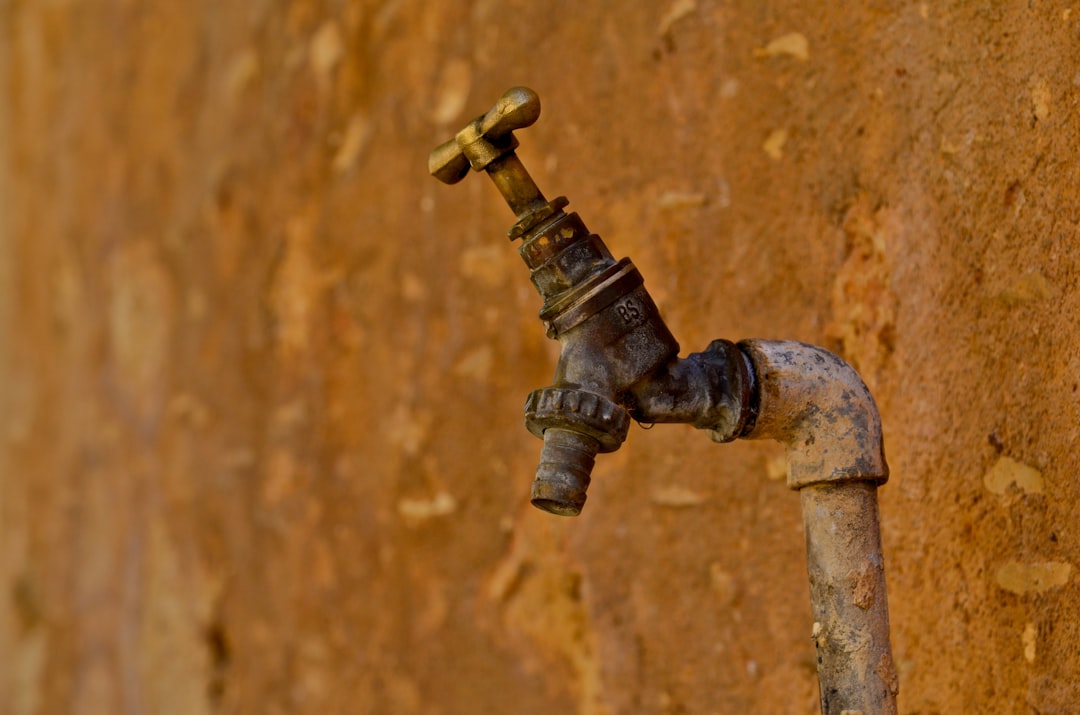Table of Contents
- Introduction
- Understanding plumbing budget basics
- Estimating costs for plumbing fixture installation
- Budgeting for plumbing emergencies and repairs
- Factors affecting plumbing service costs
- The importance of plumbing maintenance in budgeting
- How to get accurate plumbing estimates and quotes
- Planning for unexpected plumbing issues
- Comparing costs between residential and commercial plumbing services
- Conclusion
- Frequently Asked Questions
Introduction
Managing a home can be exhilarating, but when it comes to your plumbing budget, the excitement can quickly turn into anxiety. With unexpected leaks, broken pipes, and costly repairs lurking around every corner, how do you master your plumbing expenses?
In this article, we will unveil the essential tips every homeowner needs to keep their plumbing budget under control, transforming a potential financial minefield into a manageable plan.
From understanding the costs of common plumbing issues to knowing when to DIY and when to call in a professional, you’ll gain invaluable insights that empower you to make informed financial decisions for your home.
Explore the importance of regular maintenance and how to anticipate future plumbing needs, ensuring you avoid budget-busting surprises. Join us on this journey to achieve plumbing mastery and discover peace of mind in managing your home’s vital systems.
Understanding plumbing budget basics
Understanding plumbing budget basics is essential for homeowners and property managers alike. A plumbing budget typically includes various components such as labor costs, materials, and unexpected expenses.
Labor costs can account for a significant portion of the overall budget, depending on the complexity of the plumbing work required. It’s important to obtain multiple quotes from licensed plumbers to get a realistic estimate.
Materials can vary widely in price, influenced by the quality and brand chosen. Basic supplies like pipes, fittings, and fixtures can add up quickly, so researching options can lead to savings.
Additionally, setting aside a contingency fund is crucial for unexpected issues that may arise during a plumbing project, such as hidden damages or additional repairs. By being thorough in the planning stages and understanding each budget component, individuals can effectively manage their plumbing expenses and avoid financial surprises.
Estimating costs for plumbing fixture installation
Estimating costs for plumbing fixture installation involves several factors that need careful consideration. First, the type of fixture being installed—such as sinks, toilets, or bathtubs—plays a significant role in determining the overall cost. Each fixture comes with its own price tag, which can vary widely based on brand, materials, and features.
Second, labor costs are an essential component of the budget. Hiring a licensed plumber ensures the work is performed correctly, but rates can differ based on location and the plumber’s experience.
Additionally, other expenses such as permits, materials, and any unexpected repairs must be factored into the estimate. It’s also wise to include a contingency fund for unforeseen issues that may arise during installation, such as plumbing code compliance or hidden damages.
Lastly, comparing quotes from multiple plumbers can help identify a reasonable average cost for your project, ensuring a well-informed budget. By taking these elements into account, homeowners can develop a comprehensive estimate that reflects the true costs of plumbing fixture installation.
Budgeting for plumbing emergencies and repairs
Budgeting for plumbing emergencies and repairs is an important aspect of home maintenance that many homeowners overlook. Unexpected plumbing issues, such as burst pipes or clogged drains, can lead to significant expenses if not addressed promptly. To avoid being caught off guard, it is advisable to set aside a portion of your monthly budget specifically for plumbing emergencies. This emergency fund should ideally cover at least 1-2% of your home’s value, ensuring that you can handle unexpected scenarios without financial strain.
Additionally, it’s wise to keep a list of local, reliable plumbing services, along with their contact information, to act quickly in case of an emergency. Regular plumbing inspections can also help identify potential issues before they escalate, allowing you to allocate funds for repairs proactively. By planning ahead and being prepared for plumbing-related expenses, homeowners can maintain better control over their finances and ensure their homes remain in top working condition.
Factors affecting plumbing service costs
Several factors can significantly influence the costs associated with plumbing services. Firstly, the complexity of the job plays a crucial role; simple repairs such as fixing a leaky faucet will generally cost less than more extensive work like repiping an entire home. Secondly, the type and quality of materials needed can affect pricing. Higher-quality materials, while potentially more expensive upfront, can save money in the long run due to increased durability.
Additionally, labor rates vary by region and the experience level of the plumber, with more experienced professionals tending to charge higher rates. Emergency services, which provide immediate assistance, often come at a premium.
Lastly, factors such as local regulations and permits required for specific plumbing projects can add to the overall cost. Homeowners should also consider whether they need routine maintenance, which can prevent costly repairs in the future. Understanding these elements can help individuals better manage and plan their plumbing budgets.
The importance of plumbing maintenance in budgeting
Plumbing maintenance plays a crucial role in effective budgeting for homeowners and businesses alike. Regular maintenance checks can help identify potential issues before they escalate into costly repairs. For instance, small leaks, if left unattended, can lead to significant water damage and subsequently high repair bills. By incorporating routine inspections into a plumbing budget, property owners can ensure that their systems are running efficiently, thus avoiding unexpected expenditures.
Additionally, well-maintained plumbing systems often lead to decreased utility bills. Efficient fixtures and pipes function better, consuming less water and energy. This not only enhances the sustainability of a property but also contributes to long-term savings. Furthermore, having a budget allocated for plumbing maintenance allows for better financial planning, enabling property owners to prioritize necessary services without the strain of sudden expenses. Overall, recognizing the importance of maintenance in budgeting can lead to more prudent financial decisions and a healthier plumbing system.
How to get accurate plumbing estimates and quotes
Obtaining accurate plumbing estimates and quotes is essential for effective budgeting and project planning. Start by clearly outlining the scope of work needed. This should include specific details about the plumbing tasks, such as installation, repairs, or inspections. Providing as much information as possible allows contractors to give more precise estimates.
Next, gather multiple quotes from different plumbing professionals. This not only gives you a range of prices but also helps you assess the quality of different providers. Ensure that each contractor offers a detailed breakdown of costs, including labor, materials, and any additional fees.
Additionally, inquire about the contractor’s experience and ask for references or reviews from previous clients. A qualified plumber who has a good reputation is more likely to provide accurate estimates. Furthermore, be sure to discuss potential unforeseen issues that could arise, as these can impact the final costs significantly. By taking these steps, you can better ensure that you receive accurate plumbing estimates and quotes that align with your budget and expectations.
Planning for unexpected plumbing issues
Planning for unexpected plumbing issues is a crucial aspect of home maintenance that can save both time and money. Homeowners should begin by setting aside a contingency fund specifically designated for plumbing emergencies. This budget should account for the costs of unexpected repairs, such as burst pipes, clogged drains, or malfunctioning water heaters.
Additionally, it is wise to conduct regular inspections of your plumbing system. Routine checks can help identify potential problems before they escalate into more significant issues. Seeking the expertise of a licensed plumber for these inspections can provide insights into the health of your plumbing system.
Homeowners should also familiarize themselves with their home’s plumbing layout, including the location of shut-off valves and key fixtures. Understanding how to quickly address minor issues, such as a leaking faucet or a running toilet, can prevent small problems from turning into costly repairs.
Being proactive and informed about plumbing maintenance leads to more effective budgeting and a reduced risk of emergency situations.
Comparing costs between residential and commercial plumbing services
When comparing costs between residential and commercial plumbing services, several factors come into play.
Residential plumbing typically involves smaller scale projects such as repairs, installations, and maintenance of home plumbing systems. Costs for residential services can vary significantly based on the complexity of the job and the materials used. Basic repairs may range from $100 to $500, while major installations like water heaters can exceed $1,500.
On the other hand, commercial plumbing services often demand a higher budget due to the scale and complexity of the projects. Commercial plumbing may include extensive piping systems, larger fixtures, and compliance with stricter plumbing codes and regulations. Thus, the costs can range from a few thousand dollars for minor repairs to tens of thousands for complete system installations or upgrades.
Furthermore, labor costs in commercial plumbing are usually higher, as these projects may require specialized skills and larger teams. Understanding these differences is critical for business owners and homeowners alike when budgeting for plumbing needs.
Conclusion
In conclusion, mastering your plumbing budget is an essential skill that all homeowners should develop. By understanding the basics of plumbing costs, estimating expenses for fixture installations, and planning for emergencies, you equip yourself to handle a range of situations effectively. Establishing a budget that factors in maintenance and potential unexpected issues can save you both time and money in the long run. Always remember that comparing quotes and choosing quality service are instrumental in achieving long-term savings and a functional plumbing system. Regularly reviewing your plumbing budget ensures it meets your evolving needs. Take proactive steps towards your plumbing maintenance today! For prompt and reliable plumbing assistance, don’t hesitate to call 573-555-2121. Our expert team is ready to help you with all your plumbing needs!
